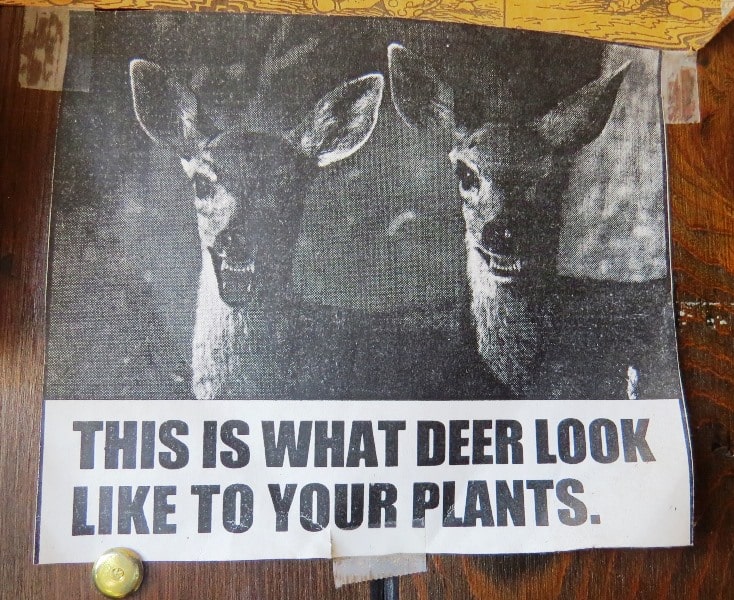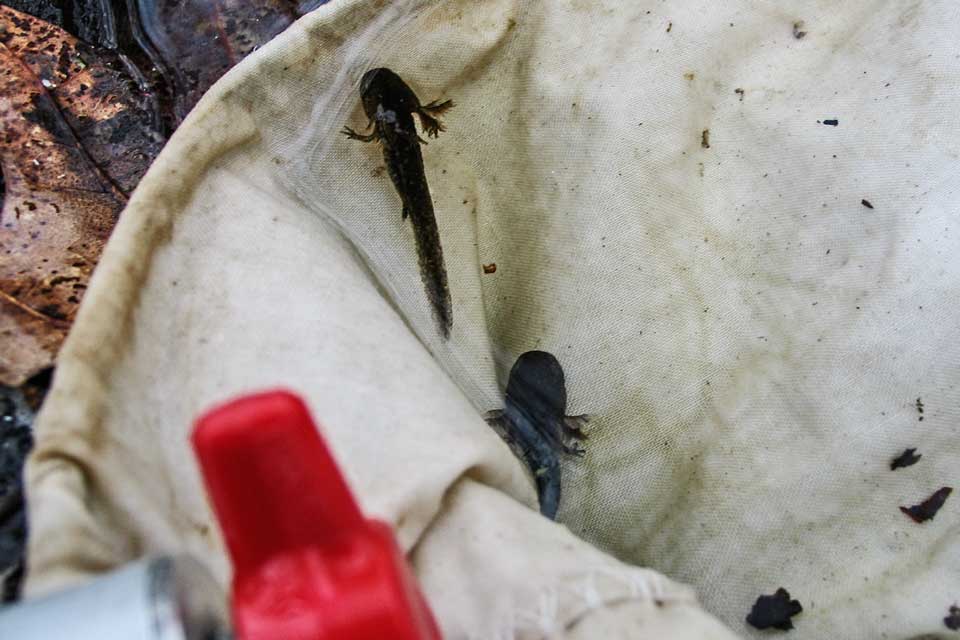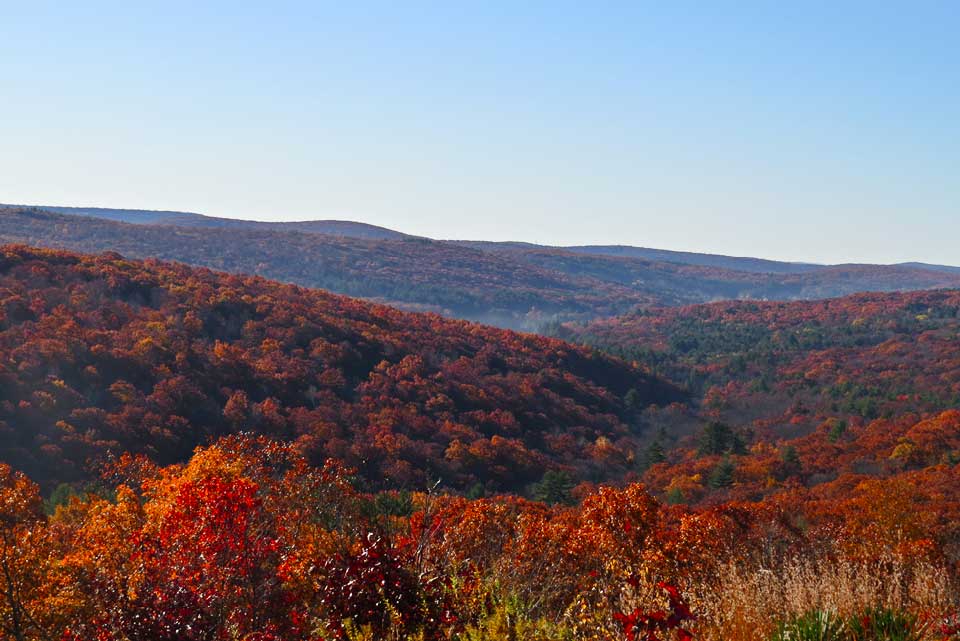A favorite poem of mine by Alfred Lord Tennyson, The Dragon-Fly (1833):
Today I saw the dragon-fly
Come from the wells where he did lie.
An inner impulse rent the veil
Of his old husk: from head to tail
Came out clear plates of sapphire mail.
He dried his wings: like gauze they grew;
Thro’ crofts and pastures wet with dew
A living flash of light he flew.
On a summer’s day, like today or yesterday or tomorrow, take a slow walk around the edge of the pond. Carefully look at the emergent vegetation along the shore. From the watery depths, crawling up the leaves, you may find a dragonfly nymph preparing to become a winged adult.
Dragonflies undergo “incomplete metamorphosis” which means that they don’t go through a pupal phase like a butterfly (the chrysalis is the pupa). A dragonfly nymph hatches from an egg looking somewhat like a tiny adult, but without wings. The nymphs go through a series of molts, shedding their skin. Each of these molts is called an instar. The nymph comes “from the wells where he did lie” in the final instar before becoming an adult, or imago. Female dragons undergo this change also, so please pardon Lord Tennyson for singling out the males.
The nymph must shed its exoskeleton to reveal a new, winged body. A split forms dorsally on the thorax just above the wing pads (on top of the middle section of the nymph’s body, the wing pads look like a tiny backpack). From this “rent” in the “veil” the insect comes out of “his old husk” head first, then thorax and abdomen. The soft, shiny new body gleams in the sun.
Now the imago must pump fluid into the wings so they will expand and harden. This doesn’t take as long as you might expect, so have a seat and watch the show. This adult dragon will now be a “living flash of light” as they hawk insects over the field.




[…] (h/t Jennifer Ohop) […]